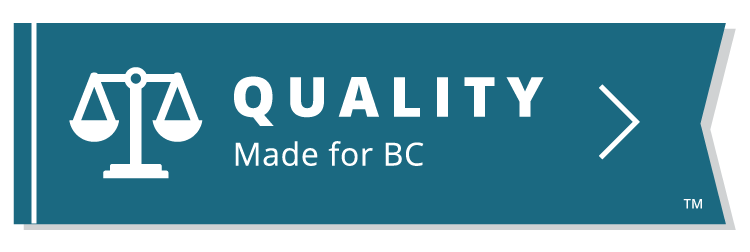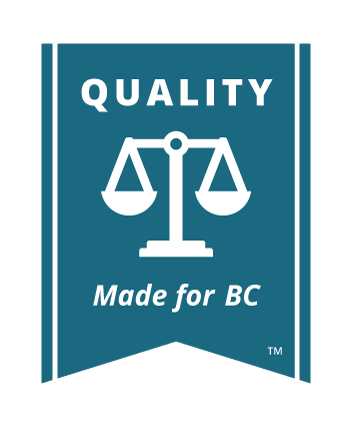At Court
When You Arrive to the Courthouse
-
Arrive at the courtroom at least 15 minutes early: The courtroom will open up 15 minutes before your scheduled court time. You should be there when it opens
-
Find out what courtroom you are in: There will be a Court list that tells you what courtroom to go to. If you cannot find it, ask a security guard and they can assist
-
Use the bathroom before you go to the courtroom: You may not have another chance for an hour and a half or so once Court begins
-
Turn off your cellphone: When you go into the courtroom, turn off your cell phone and make sure the sound is off on any laptop or tablet you are going to use
-
Be friendly to, or ignore, the other side: You will see the other side to the case, or their lawyer, in or outside the courtroom. This may be the first time you have seen them in a while. You may feel cross towards them, but there is nothing to be gained by being rude or disrespectful. To the contrary, this may be a good opportunity to see if a solution can be worked out, and that will be much easier if you treat them with courtesy and respect. If you cannot speak to them with respect and courtesy, then just ignore them
-
Check in with the Court clerk: Once the courtroom is open, there will be a man or a woman sitting near the front by a computer screen. That is the court clerk. You will need to “check in” with that person. That means telling them what case you are there for, your name, and your role (plaintiff, defendant, petitioner, respondent, etc.)
-
Set up, or sit in the gallery: If yours is the only case being heard in that courtroom that day, then you can set up your material. You will see a podium in the centre of the front of the courtroom. If you are the plaintiff, petitioner, applicant, or appellant, then you should sit on the left side of that podium. If you are the defendant or respondent then you sit on the right side of the podium
If there is another matter that is being heard before yours, find a seat in the gallery (the audience section of the courtroom) and wait your turn. It will be the same judge or associate judge who hears the first matter that hears yours, so take some time to observe them. What are they like? Does something the parties in the earlier case do seem to work? To not work?
When the Hearing Begins
-
Stand when the judge or associate judge enters: The Court clerk will say “Order in Court” when the judge or associate judge is about to enter. Stand up. Stay standing until after the judge or associate judge has sat down
-
Stand to introduce yourself: The Court clerk will “call the case”. This will mean they will say something like “In the Supreme Court of British Columbia, this 11th day of February 2020, calling the matter of Smith v. Jones”
-
You and the other side will then introduce yourselves. You should say your name, spell your last name, and say who you are (for example, you might say “John Jones, J-O-N-E-S, and I am the plaintiff”
-
Sit while the other side is talking, and stand while you are talking: Unless you have a medical issue, you must stand when talking to the judge or associate judge. When the other side is talking, remain sitting
-
Do not interrupt: Always let a judge finish talking. A good tip is to wait at least 2 seconds after a judge has finished speaking to begin talking yourself. The judge may not have actually finished talking and just been taking a breath. Interrupting the other side is rude and improper, and will only hurt the impression you make to the Court
-
Take notes: When the other side is speaking, it is best to keep your head down and make notes. You will want to remember what they said so you can respond to it. It is especially important to remember what the judge or associate judge says in their questions. These can let you know parts of the case they may be having difficulty with
When It’s Your Turn to Talk
-
Breathe: Stand up at the podium. Take a second and take a deep breath
-
Speak slowly: You need to speak at a pace that the judge can follow. Watch the judge. If they are taking notes this is good. If they are writing something, let them finish before moving on. If they are not taking notes, it may be that you are going too fast for them to keep up with
-
Speak to the judge or associate judge: Your job in Court is to tell the judge or associate judge your story. Everything you say should be directed at them. You do not speak directly to the other side
-
Speak loudly: Make sure that the judge can hear you
-
Follow your notes or your outline: Generally, it is a good idea to go through the submissions you have practiced and outlined first. You can address anything unexpected that the other side said at the end
-
Answer the judge’s questions: If a judge asks you a question, try your best to answer it. If you cannot answer it, you may ask if you can come back to it after a break, if there is enough time. Sometimes you get a question that you will need to think about over the lunch break to answer fully. If you say you are going to come back to something, make sure you do
-
Speak formally: Talk in a respectful and formal way. Call people Mr. X or Ms. X, rather than by their first names (For example, say “Mr. Jones has provided no evidence” instead of “John has provided no evidence”) Do not use slang. Certainly do not use swear words
-
Take notes of the decision: At the end of the hearing, the judge or associate judge may give their decision. When they do this, take notes. Take notes even if you do not like what you are hearing. You want to know exactly what they ordered and exactly why
How to Address Judges and Court Staff
The ways to address members and staff of the court are set out below. Although they may seem awkward, addressing a judge or a associate judge correctly will help you present your case in court.
Supreme Court Judges
-
In writing: “The Honourable Justice”, followed by their last name (e.g. The Honourable Justice Brown)
-
In court: “Justice”, “Madam Justice”, or “Mr. Justice”







 JusticeEducation.ca
JusticeEducation.ca JusticeEd
JusticeEd /JusticeEducation
/JusticeEducation